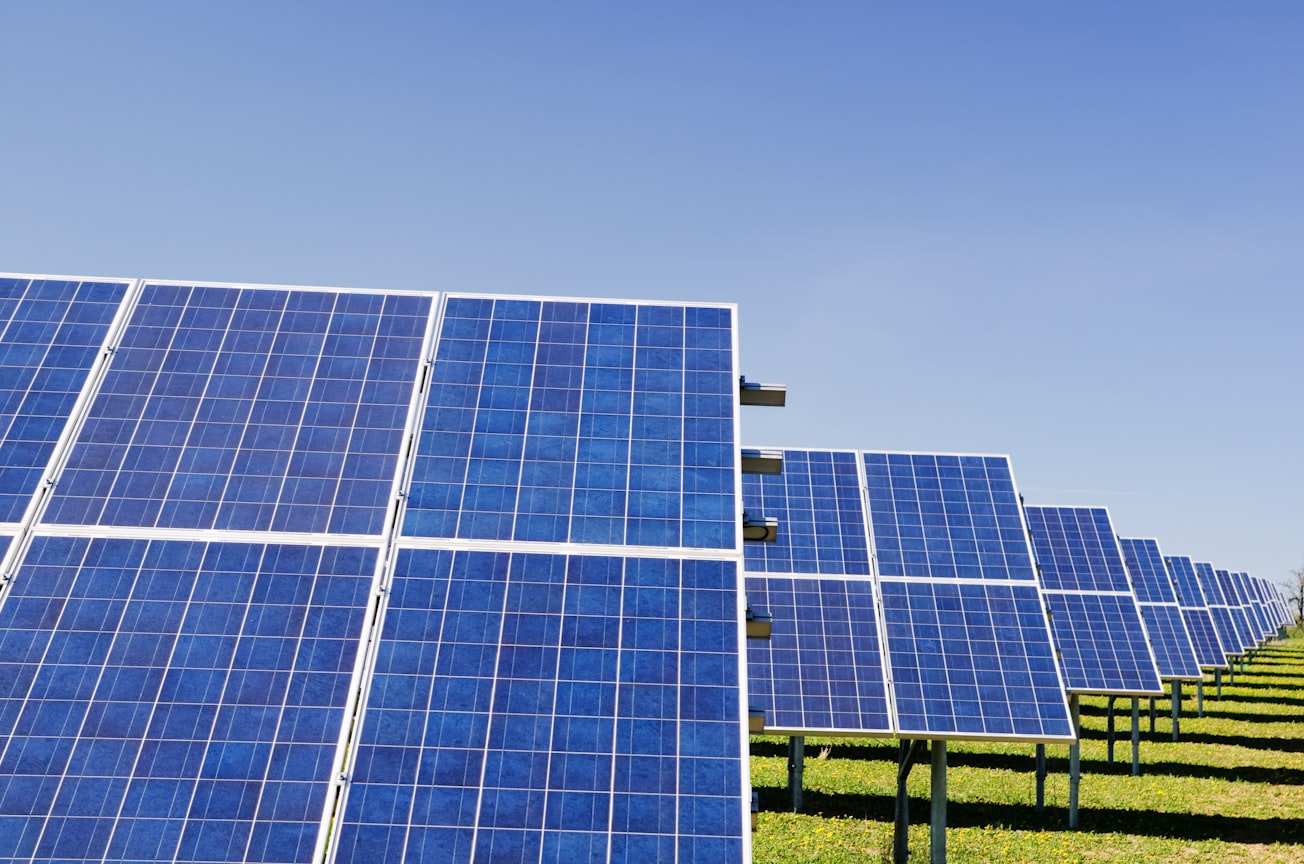What is it about?
Heat is a primary energy source and its efficient conversion to electricity is important for many applications. A power plant using a steam turbine is a classic example of a heat-to-electricity converter with moving parts. Converters without any moving parts are necessary for quiet and compact implementation. Thermophotovoltaics (TPV) is such a promising scheme. Similar to a solar cell, the TPV cell converts thermal light from hot surfaces to electricity. This paper describes how to design TPV converters for efficiency.
Featured Image

Photo by Zbynek Burival on Unsplash
Why is it important?
Thermal light is the key component in a TPV system for high efficiency. Many papers in the past have talked about thermal light and controlling it in specific ways. However, the question of what specifications on thermal light enable high efficiency remained open. This paper models the entire TPV system and finds out the characteristics of thermal light for high efficiency. Also, the ultimate efficiency limit and some practical limits arising from imperfect materials are described.
Perspectives
TPV systems have been around for about five decades now and yet their conversion efficiency remains low. Many papers in the past have identified ways to improve efficiency, e.g. bright thermal emission, selective thermal emission, etc. However, what led to low efficiencies in experiments remained a looming question. Here, we pinpoint the drawback of the implementations so far and provide a recipe for higher efficiency.
Guru Naik
Rice University
Read the Original
This page is a summary of: Optimum selective emitters for efficient thermophotovoltaic conversion, Applied Physics Letters, January 2020, American Institute of Physics,
DOI: 10.1063/1.5131367.
You can read the full text:
Contributors
The following have contributed to this page










